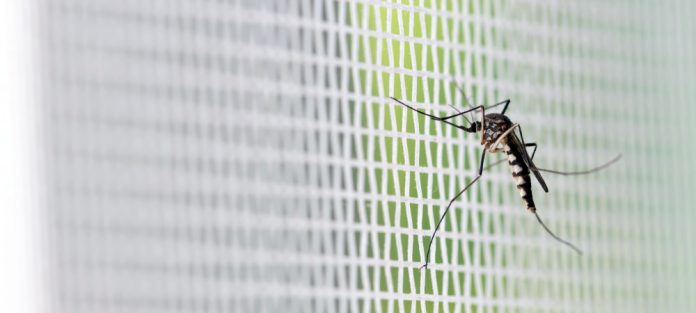What are Anti-Mosquito Screens?
Anti-mosquito screens, also known as insect screens or fly screens, are mesh-like barriers installed on windows, doors, and other openings in a building. These screens are designed to allow air to flow freely while keeping mosquitoes and other insects out. They are typically made from materials such as fiberglass, aluminum, or polyester and come in various mesh sizes to effectively block different types of insects.
How Anti-Mosquito Screens Work
Physical Barrier
The primary function of an anti-mosquito screen is to act as a physical barrier. The mesh size of the screen is crucial; it needs to be small enough to prevent mosquitoes from passing through while still allowing air circulation. The standard mesh size for mosquito screens is around 1.2 to 1.5 millimeters, which is effective at blocking mosquitoes but does not impede ventilation.
Chemical Treatments
Some anti-mosquito screens are treated with insecticides or repellents. These chemical treatments provide an additional layer of protection by deterring mosquitoes from approaching or killing them on contact. Permethrin, a common insecticide used for this purpose, is effective against a wide range of insects and is safe for human contact when used appropriately.
UV and Light Management
Recent advancements in anti-mosquito screen technology include the use of materials that reflect ultraviolet (UV) light or incorporate light management features. Mosquitoes are attracted to UV light, and by reflecting it, these screens can reduce the attractiveness of the screened area to mosquitoes. This is especially beneficial in reducing mosquito entry during dusk and dawn when they are most active.
Why Anti-Mosquito Screens are Effective
Non-Toxic and Environmentally Friendly
One of the significant advantages of anti-mosquito screens is that they provide a non-toxic solution to mosquito control. Unlike chemical sprays or foggers, screens do not introduce harmful substances into the environment. This makes them an excellent option for households with children, pets, or individuals with respiratory issues.
Continuous Protection
Anti-mosquito screens offer continuous protection without the need for reapplication or maintenance, unlike insect repellents or sprays that need to be reapplied regularly. Once installed, screens provide a long-lasting barrier against mosquitoes, reducing the need for other control measures.
Cost-Effective
In the long term, anti-mosquito screens are a cost-effective solution. The initial investment in screens and installation is offset by the reduced need for chemical repellents, insecticides, and medical treatments for mosquito-borne illnesses. Additionally, high-quality screens are durable and can last for many years with minimal maintenance.
Enhancing Indoor Comfort
Besides keeping mosquitoes at bay, anti-mosquito screens also help to improve indoor comfort. They allow natural ventilation, reduce the need for air conditioning, and keep other pests like flies and spiders out. This creates a healthier and more pleasant living environment.
Conclusion
Anti-mosquito screens are a simple yet highly effective tool in the fight against mosquito-borne diseases. By acting as a physical barrier, incorporating chemical treatments, and utilizing advanced materials, these screens provide continuous, non-toxic, and cost-effective protection. Their ability to enhance indoor comfort while safeguarding health makes them an invaluable addition to any home or building in mosquito-prone areas. As mosquito-borne illnesses continue to pose significant public health challenges, the use of anti-mosquito screens will remain a critical component of integrated pest management strategies.



